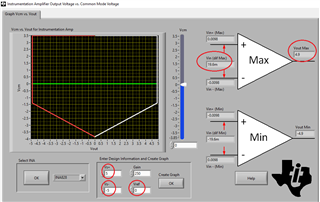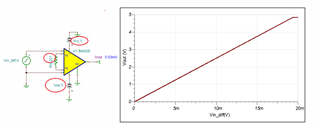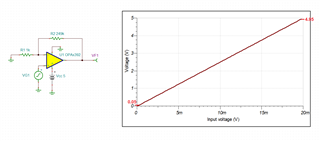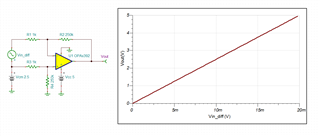Other Parts Discussed in Thread: OPA392, LM7705, TINA-TI
Hi, I am currently looking for an amplifier for a signal conditioning circuit. The input would be differential from 0-20mV and the output would be amplified to 0-5V and sent to an ADC for further processing. I would like to ask whether it would be better to have a fully differential amplifier or a single-ended output instrumentation amplifier like the INA828.





